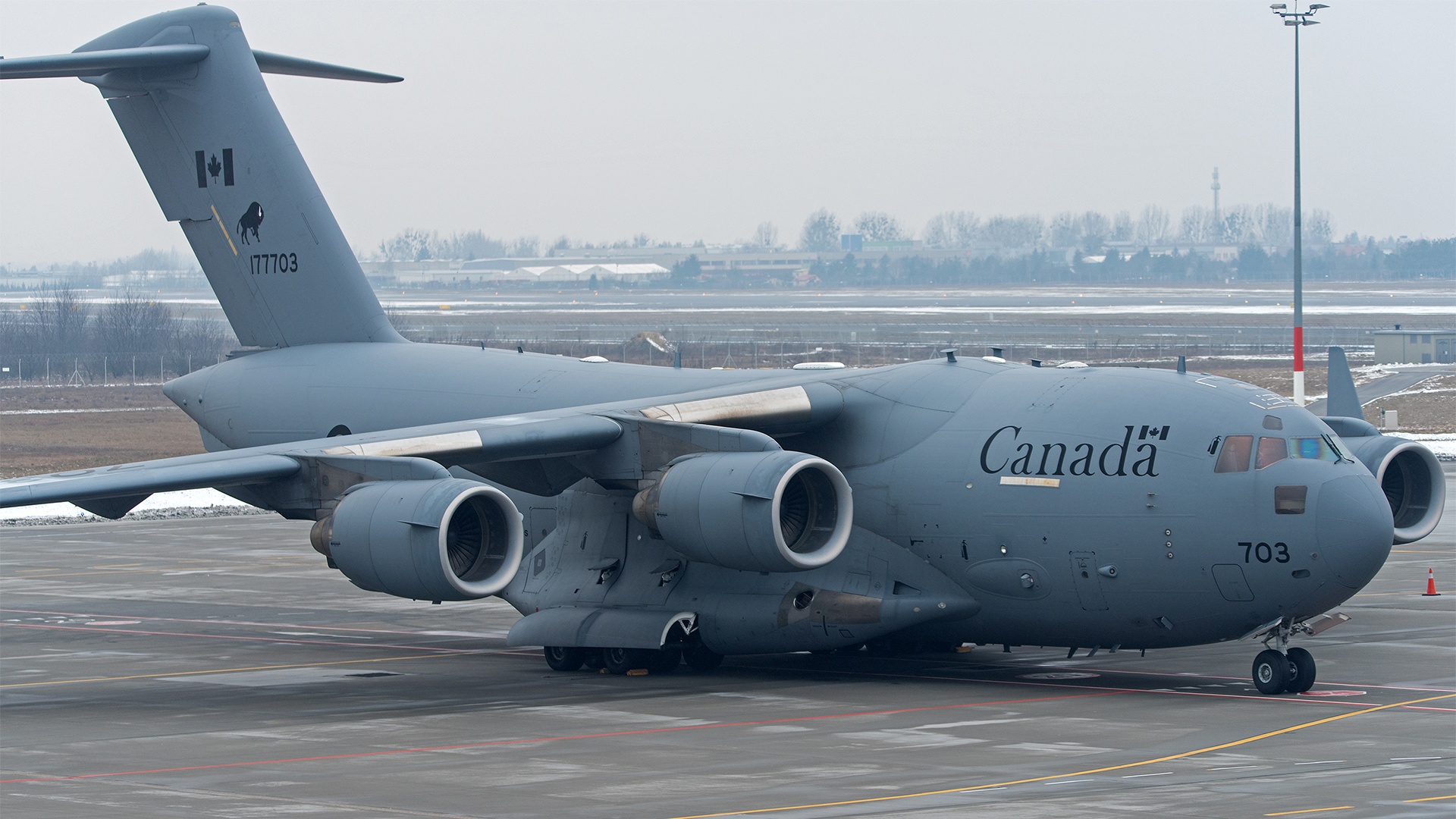
As the nation transitions from one government to another, the previous Conservative government’s defence procurement strategy is well on its way to being implemented. All the major aspects of the strategy have been started except for the creation of a defence analytics institute. For that, the spring 2015 budget allocated $2.5 million dollars starting in fiscal year 2016. But the new Liberal government may have other plans and priorities. Interested parties will have to wait and see what is in the government’s first budget.
The implementation of a defence analytics capacity is important because defence procurement is complex and complicated. As long as governments insist that defence procurement must meet multiple objectives, politicians, public servants and the private sector will need access to the information that a defence analytics capability would provide. Such a capability does not exist today. The 2013 report Canada First: Leveraging Defence Procurement Through Key Industrial Capabilities, by Tom Jenkins, notes that there was a lack of analytical data to inform decision-makers on the selection of key industrial capabilities. Consequently, the report recommends the “establishment, in partnership with industry and academia, of an independent, third-party defence research and analysis capability in Canada.”
The ideal intention of defence procurement should be to obtain the most military capability possible within a given budget. In almost every instance of a major weapon system buy for Canada, the argument would be made that this could be done for less money offshore because Canadian industry, with few exceptions, does not build complete weapon systems like tanks and fighter aircraft. There is an underlying premise that there is a cost to building in Canada, because Canadian governments insist on offsets. The reality is that all nations have some form of offset requirement when purchasing defence equipment from foreign companies, and all nations insist on multiple objectives beyond just meeting military requirements.

If meeting multiple government objectives and requiring offsets are the norm, how can Canada do this without being accused of sacrificing military requirements to meet industry requirements? More importantly, do the government and industry know what meeting multiple objectives costs in terms of additional military capability, additional taxpayer dollars, bureaucratic time and economic opportunities lost in other areas of the economy? These are all issues that warrant an informed discussion by Canadian defence, industry and government leaders, and they are issues about which a defence analytics capability would provide evidence for decision-makers in government.
There are several key areas in which a defence analytics capability would be able to provide information. For example, which industrial sectors will render the best long-term economic benefit to Canada? In the language of the Jenkins report, what are the key industrial capabilities that should be leveraged with defence procurement? That requires knowledge of the industrial sector, of the Canadian market — present and future — of export opportunities, and of the global market. To demonstrate the potential role of a defence analytics capability (and at the risk of annoying significant parts of the shipbuilding sector), the value-added in shipbuilding is the integration of complex command-and-control systems and information systems, and not cutting steel to make hulls. Would Canada have been better off had the hulls been assembled offshore and brought to Canada, which is what Australia did for its new frigate program? This is not to say that the decision to build in Canada is wrong, but rather to make the point that there is a cost to that decision, and a defence analytics capability would provide that information so that government could make an informed, evidence-based decision.
In addition, it is important to remember that the notion of long-term economic benefit to Canada includes more than just information on the economic impact of selecting one sector over another or one region over another. It also includes information on export potential and opportunity for growth. There is a secondary requirement: to identify human resource requirements in terms of worker skill sets to ensure Canadian industry was actually capable of obtaining the necessary workforce. It would also include information on the areas in which to increase research and development funding, to gain a competitive advantage in the global market place, or to provide the best opportunities for shifting defence expertise into the larger commercial marketplace.
All of these areas involve multiple government departments. They also involve the provinces. For example, identifying worker skill sets requires the provinces to ensure that the right education and training programs exist, that professional licensing and accrediting bodies are properly structured to assess both foreign and provincial qualifications, and that federal immigration selection criteria are structured to select the identified skill sets. In the Canadian context these are politically sensitive issues, and a defence analytics capability could help reduce that sensitivity by providing evidence-based information to decision-makers.
Just to meet military requirements, defence procurement is a complex undertaking. The fact that governments around the world rightly insist that multiple objectives need to be achieved makes it more difficult. Too often in the past decisions have been made without an informed discussion of the evidence. A defence analytics capability would help governments make informed, evidence-based decisions.
This article is part of the Equipping the Military special feature.







